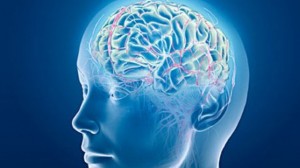 One of the top reasons why an individual won’t seek help is the addiction stigma. People are reluctant to enter treatment in fear of what their family, friends or coworkers might perceive about them. Stigma also impedes those already in recovery and distances those who advocate for addiction groups. So what are some ways in which we can fight the addiction stigma?
One of the top reasons why an individual won’t seek help is the addiction stigma. People are reluctant to enter treatment in fear of what their family, friends or coworkers might perceive about them. Stigma also impedes those already in recovery and distances those who advocate for addiction groups. So what are some ways in which we can fight the addiction stigma?
First let’s address what the addiction stigma is. There is a misperception that an addict or someone suffering from substance abuse is automatically a character-flawed, weak-willed person, who is immoral, bad, or a failure. Often times it’s this perceived negative stigma that affects an individual and deters them from seeking help. Because in reality, addiction is a brain disease that needs physical and psychological treatment. Addiction also shows no discrimination. It is seen across all spectrums of race, ethnicity, gender, and socio-economics. In fact, some groups that researches are seeing an increase in substance abuse may surprise you. Read more →






